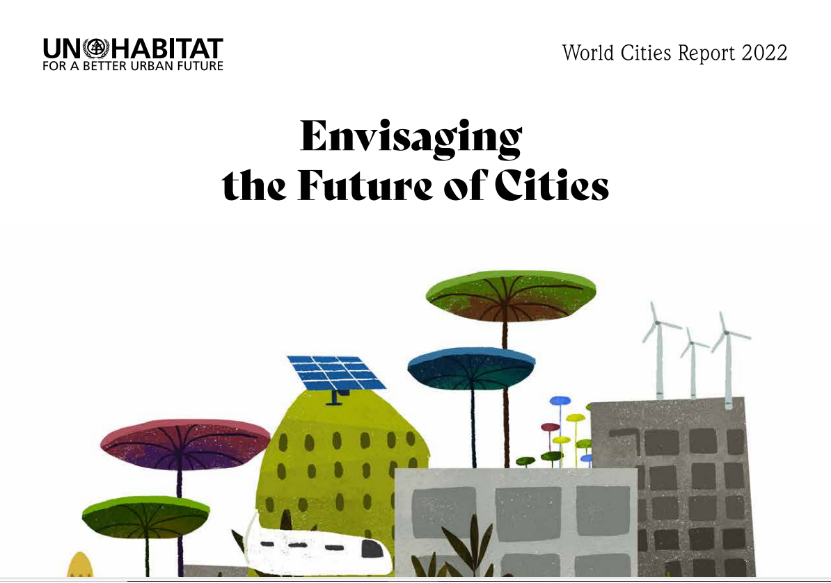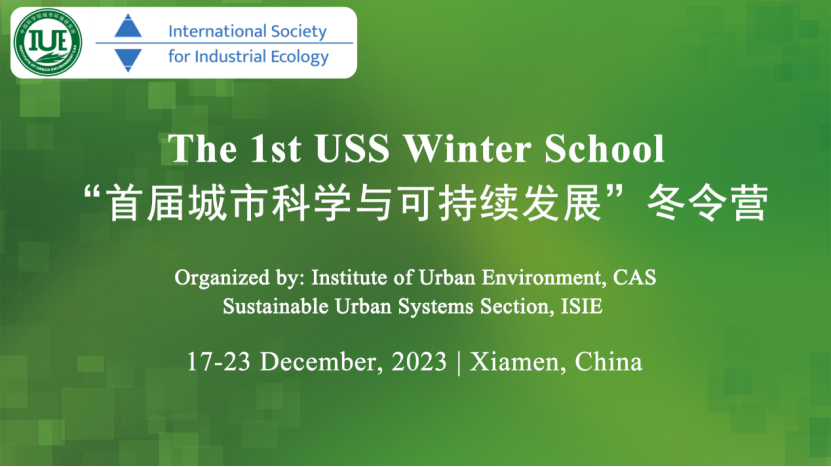The Evolution of Cities
Christopher Kennedy
09:00-11:00, Nov 4 2021, CST; 02:00-04:00, Nov 4 2021, CET; 18:00-20:00, Nov 3 2021, PDT
Slides and Videofor the presentation.
Prof Christopher Kennedy was the inaugural Chair of the new ‘green’ Civil Engineering Department at the University of Victoria. He has worked on greenhouse gas accounting and abatement strategies for global cities, national governments and multi-national institutions, including a secondment to the OECD. Chris is a member of the Global Cities Institute at the University of Toronto, a member of UVic’s Institute for Integrated Energy Systems, and a Fellow of the Canadian Academy of Engineering. He is a former President of the International Society for Industrial Ecology; and author of The Evolution of Great World Cities: Urban Wealth and Economic Growth.
Abstract
This presentation describes the formation, growth and changing nature of cities through an energy lens. The phenomenon of urbanization is briefly explained using a biophysical model of the Industrial Revolution, which captures the essential role of energy in urban capital formation. The thermodynamic basis for the growth of cities is reviewed, including their nature as dissipative systems which form higher order structures as they grow in complexity. The energy characteristics of the world’s megacities are reviewed – and potential changes to the nature of cities under electrification and deep decarbonisation are discussed.
Recent Publications
1. Sugar, L., & Kennedy, C. (2021). Urban Scaling and the Benefits of Living in Cities. Sustainable Cities and Society, 66, 102617.
2. Kennedy, C. (2021). A biophysical model of the industrial revolution. Journal of Industrial Ecology.
3. Zhang, Q., Kennedy, C., Wang, T., Wei, W., Li, J., & Shi, L. (2020). Transforming the coal and steel nexus for China's eco‐civilization: Interplay between rail and energy infrastructure. Journal of Industrial Ecology, 24(6), 1352-1363.
4. Sugar, L., & Kennedy, C. (2020). Thermodynamics of urban growth revealed by city scaling. Physica A: Statistical Mechanics and its Applications, 557, 124971.
5. Kennedy, C., & Pape-Salmon, A. (2020, October). Jurisdictional Responsibility for Improving the Resilience of Buildings to Climate-related Power Outages. In CAE Roadmap to Resilient Ultra-Low Energy Built Environment with Deep Integration of Renewables in 2050, Montreal Symposium, QC.



